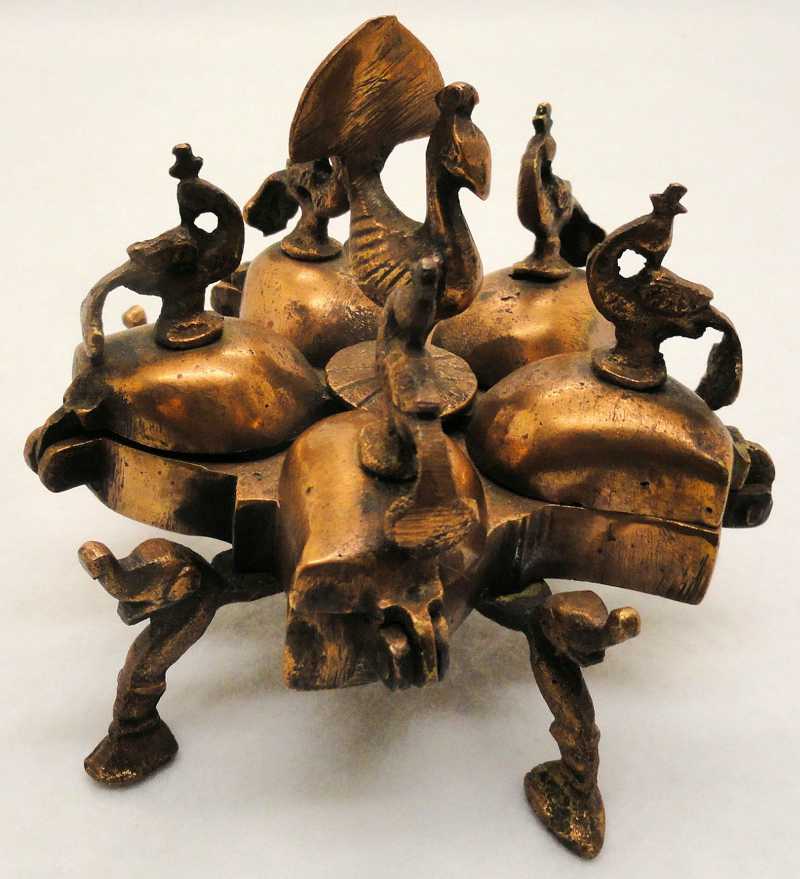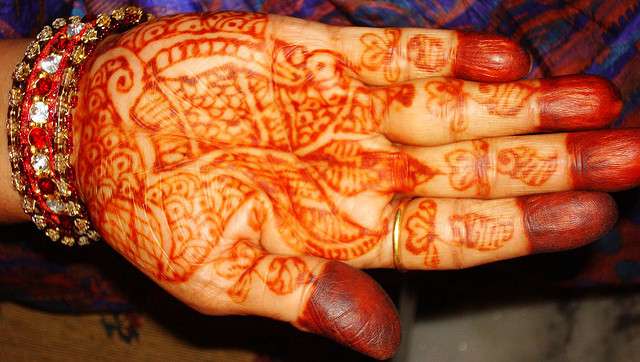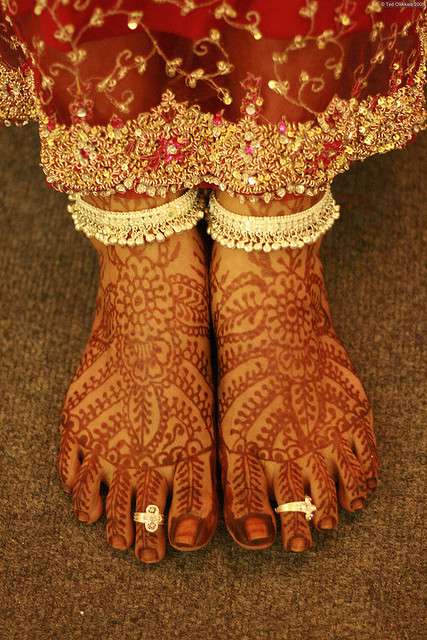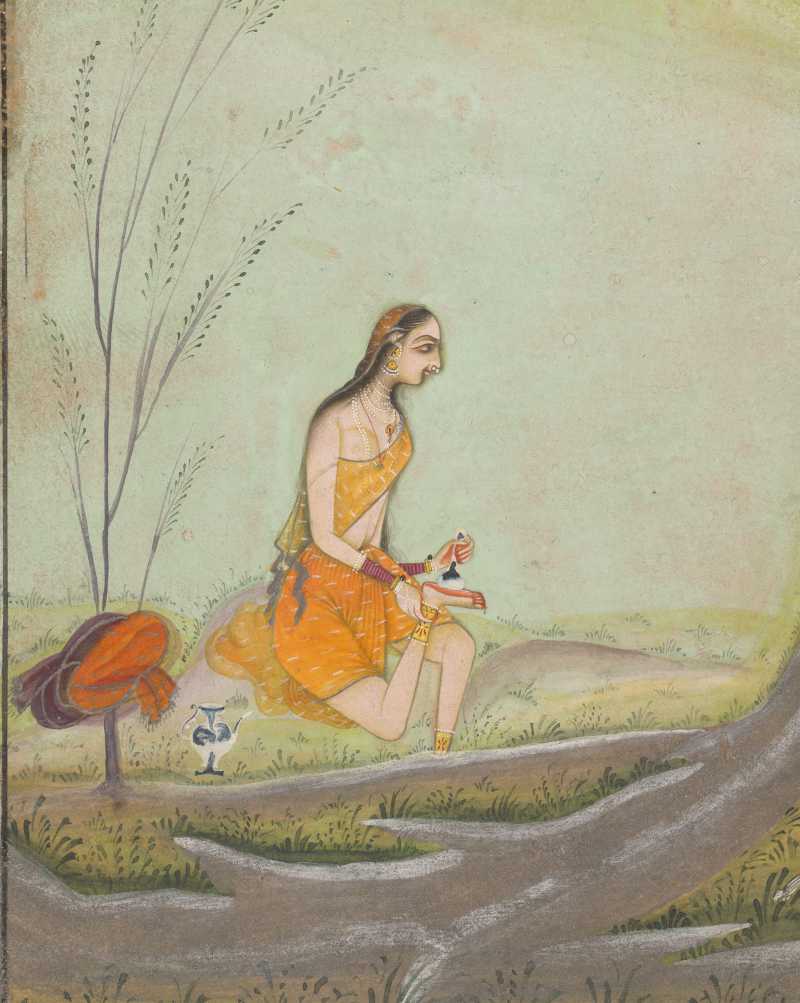FWP:
SETS == INEXPRESSIBILITY
INDEPENDENCE: {9,1}
Beauty pretends to be independently wealthy, but it's all a false front. In fact, it's all based on borrowed finery, facades, pawnshops, loans. The beloved who seems to 'own' her beauty, to owe it to no one and nothing, is really a highly indebted charlatan making false claims. How disillusioning, how pathetic! This is the general reading of the commentators.
But where exactly does the 'disgrace' come in? Because people have now found out? That might be why the second line is in the past tense, as though retailing gossip about once-hidden misdeeds that have now come to light.
At a deeper level, though, Ghalib always urges a radical
autonomy: don't be indebted to others, even to medicine when you're sick (see {26,1}).
Rather, you should let everything, no matter what, emerge from your own being
(see {148,5}). Even if people don't know, the disgrace
is in the hypocrisy, the inauthenticity. Or perhaps in the very constraint itself; for an intriguing verse in which the poet's joy is 'pawned, pledged' to the finding of a theme, see {436x,6}.
ABOUT HENNA: Applied as a very dark brownish-green paste, henna [ḥinā], also known as 'mehndi' [meñhdī] (see the definitions above), then dries to orange, then settles into a long-lasting red, which finally lightens as the color gradually fades. For detailed information about the elaborate application process, see the wikipedia account. General examples of Ghalib's use of henna: {6,12x}; {88,5x}; {149,6x}; {220,4x}; {285x,4}; {299x,1}; {338x,2}; {341x,9}; {346x,7}; {379x,1}; {379x,7}; {416x,5}. Ghalib sometimes imagines henna as applied to the beloved's hands, as in the present verse-- and in this modern example:
For more verse examples of henna on the hands, see: {48,6}; {50,5x}; {50,7x}; {57,4}, blood as henna; {73,3x}; {145,11x}; {186,2}; {199,5x}, duzd-e ḥinā ; {226,6x}; {230,2} // {239x,3}; {436x,1}.
And for verses about henna on the feet (which may prevent one from walking for a time, as in {424x,3}), see: {27,3}; {39,2}; {108,3}; {108,7}; {108,9x}; {108,10x}; {187,4x} // {279x,4}; {379x,1}; {424x,3}.
A verse of Mir's, with henna on both hands and feet: M{1725,6}; one that imagines the color of henna as a 'bird': M{52,2}.
A lady applying henna to her feet (Bikaner, c.1720-30, from the Met's collection):
An elaborate cosmetic box: in order to open the compartments, the central peacock that acts as a lock must be unscrewed:




Nazm:
That is, despite its pride, beauty is so needy that the hand is stretched out [beseechingly] to henna and the cheek to rouge. (19)
== Nazm page 19